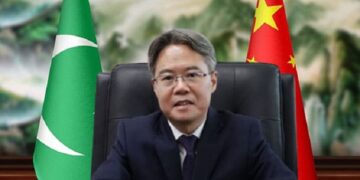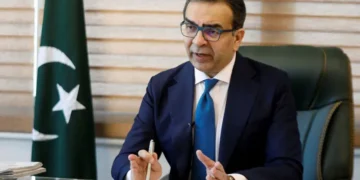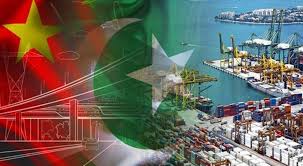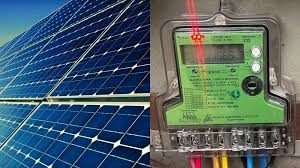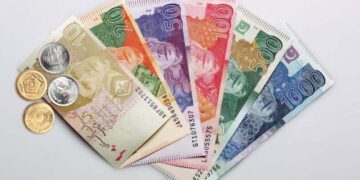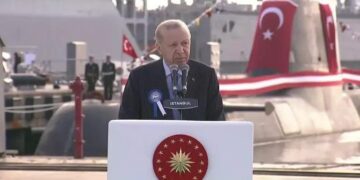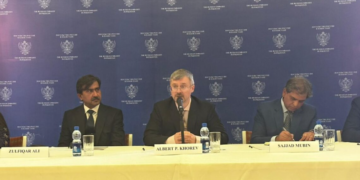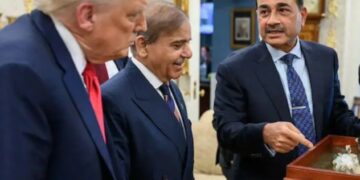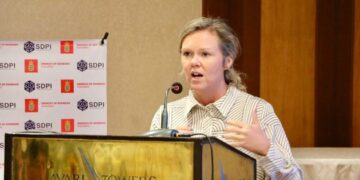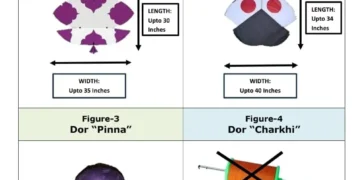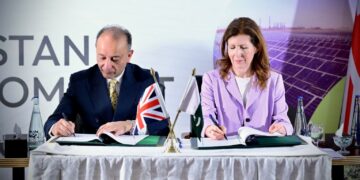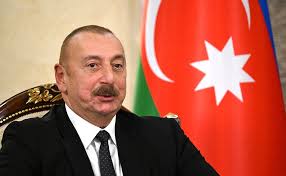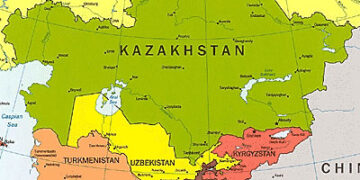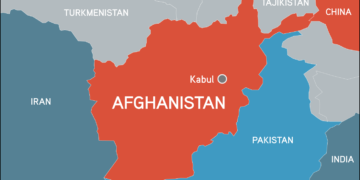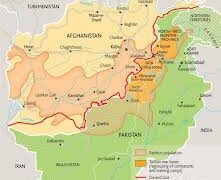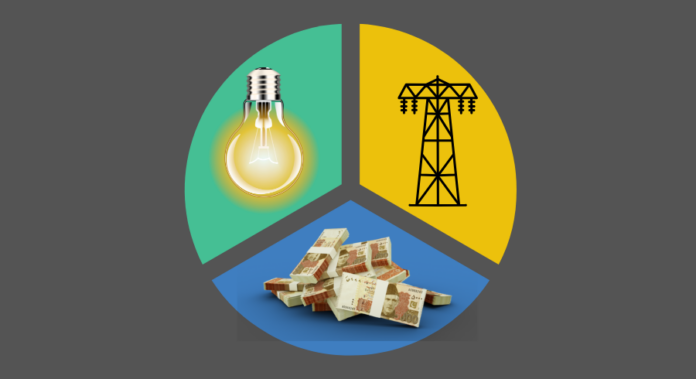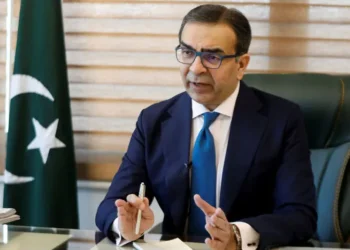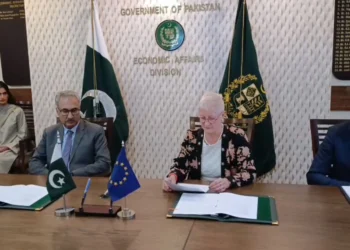ISLAMABAD: In a significant step toward addressing Pakistan’s persistent energy sector crisis, the federal government is set to reduce the power sector’s circular debt from an alarming Rs2.381 trillion to approximately Rs561 billion. This reduction will be achieved by disbursing Rs1.275 trillion, borrowed from a consortium of 18 commercial banks.
A senior Power Division official confirmed that the disbursement is scheduled for this or the coming week, in line with commitments made to the International Monetary Fund (IMF). The funds will be used by the Central Power Purchase Agency–Guaranteed (CPPA-G) to pay off Power Holding Limited’s (PHL) loans worth Rs683 billion and clear Rs569 billion in interest-bearing dues owed to Independent Power Producers (IPPs).
Following this major financial adjustment, the remaining circular debt of Rs561 billion will be published on the Power Division’s official website.
The substantial reduction is largely credited to the efforts of the Task Force on the Power Sector, which includes PM’s Adviser Muhammad Ali, Lt General Zafar Iqbal, and technical experts from SECP, CPPA-G, and NEPRA. Through intense negotiations with IPPs, the task force managed to resolve Rs348 billion in dues — Rs127 billion paid via budgeted subsidies and Rs221 billion through CPPA-G — and secure a landmark waiver of Rs387 billion in Late Payment Interest (LPI) charges.
An additional Rs254 billion in dues was cleared through another round of budgeted subsidies. However, Rs561 billion — comprising Rs224 billion in non-interest-bearing and Rs337 billion in interest-bearing liabilities — will remain as circular debt for now. The government aims to manage this residual amount through structural reforms and improved efficiency within power distribution companies (DISCOs).
To service the Rs1.275 trillion loan, electricity consumers will continue to pay a Debt Service Surcharge (DSS) of Rs3.23 per unit, which is already reflected in monthly bills. There will be no new charge on consumers, although this surcharge will now remain in effect for the next six years until the debt is fully repaid.
Responding to questions, the official clarified that while the Rs3.23 per unit surcharge had previously been capped at 10% of the base tariff, this cap has now been removed under IMF directives, as it was part of a structural benchmark.
This move is seen as a major attempt to stabilize the power sector’s finances and rebuild investor confidence while ensuring minimal immediate financial impact on the end consumer.

